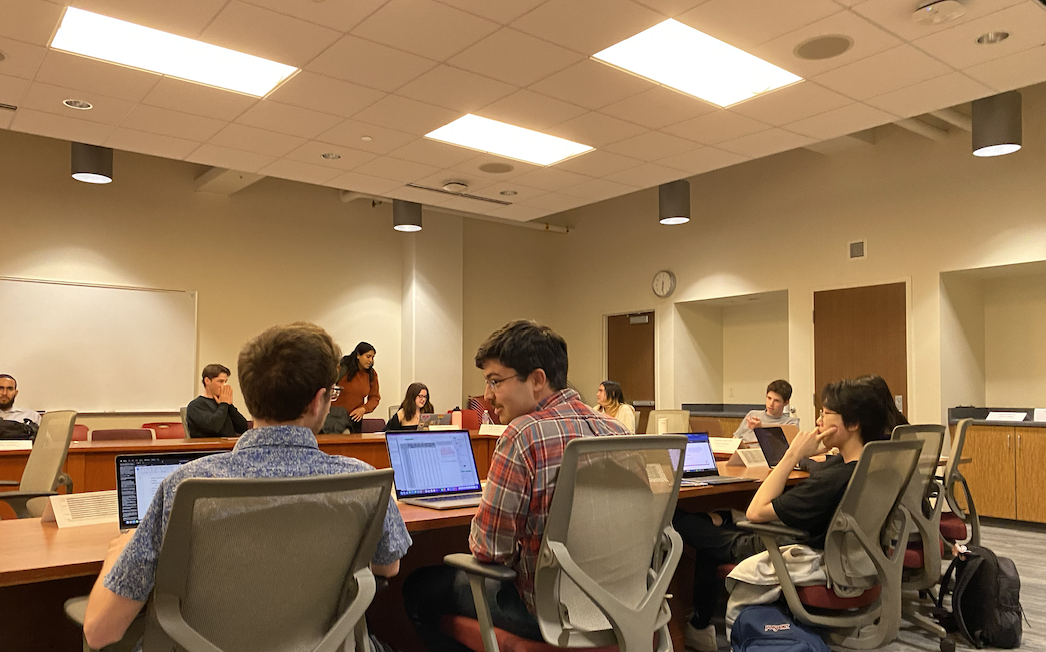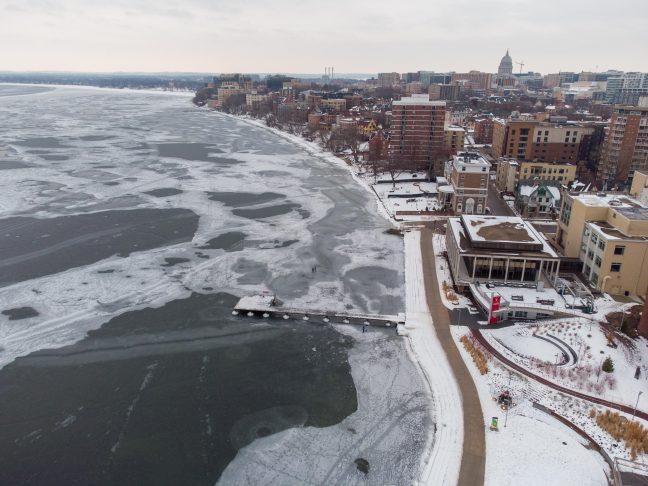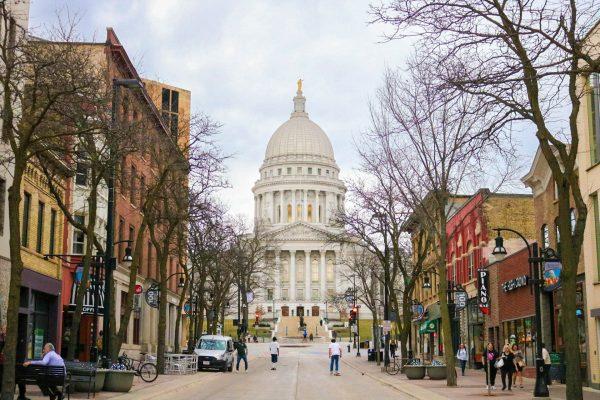This winter was the warmest winter that the Great Lake states have experienced in the past 123 years, according to Department of Atmospheric and Oceanic Sciences professor Johnathan Martin.
These temperatures follow a long-term trend that favors warmer temperatures for all seasons, but, winter has warmed the most since records began in the late nineteenth century, according to the Wisconsin State Climatologist Steve Vavrus.
Considering that much of Wisconsin relies on winter to sustain local businesses, these warm temperatures caused a lack of tourism, which had a detrimental effect on the economy, according to Wisconsin Public Radio.
Many hotels, lodges, resorts, bars and restaurants are dependent on winter tourism activities like skiing, snowmobiling and ice fishing to bring in customers, according to Let’s Minocqua Visitor Bureau. As a result of this trend of warming winters and the consequential lack of snow, the Northwoods of Wisconsin counties have lost an estimated $6.5 million in revenue.
Due to the significant economic loss felt by these businesses, Gov. Tony Evers and Sen. Tammy Baldwin (D-Wisconsin) offered businesses impacted by Wisconsin’s winter conditions the opportunity to benefit from economic injury disaster loans offered by the U.S. Small Business Administration, according to a press release from the Office of the Governor. Businesses that reside in counties where a drought declaration has been declared may receive up to $2 million to cover their losses, according to the release.
The rest of Wisconsin was also impacted by these warm temperatures. For instance, Tyrol Basin — the only public ski and snowboarding resort in Dane County — reported having a few less days in the season than they would have preferred, according to owner and general manager Nathan McGree. Despite the noteworthy warmth of this season, the company doesn’t take natural snowfall into account, instead relying on previous experiences dealing with warmer-than-usual seasons.
“This was an El Niño — it was a warmer El Niño than we’ve seen in quite some time, however, it’s the weather pattern we were dealt,” McGree said. “We make all of our own snow, and we just need cold to do that. The amount of cold we had this year was a bit challenging.”
The average snowfall for the entire state of Wisconsin typically lies around fifty inches of snow, but the cumulative snowfall for this year only reached 32.8 inches, according to the Wisconsin State Climatology Office. This disparity of snowfall can be attributed to the combination of the effects of global warming, the occurrence of an El Niño and a dryer than usual season. An El Niño refers to a pattern of oscillation in the atmosphere which is associated with a warmer winter and a higher occurrence of rain than snow.
But, the dryness of this winter can not be attributed to the El Niño, according to Martin. While the precipitation for the month of January fell within normal parameters, February was ranked as the 16th driest season on record from the National Centers for Environmental Information. Moreover, Martin said this year may act as a warning for the exacerbation of these effects in the future, with winter activities continuing to be threatened.
“The whole winter sports scene will begin to have a shorter duration,” Martin said. “The calendar will shrink for when you can go ice fishing, it will shrink for when you can play hockey on ponds … Those things that are celebrated [in Wisconsin] are endangered by the fact that the climate is changing the way that it seems to be.”
According to McGree, the media has played a bigger role in affecting his business rather than the weather itself. Nationally, local news sources have been decreasing, according to the Center for Media Engagement. This lack of accessibility to credible news sources has ties to environmental knowledge. Climate reporting is oftentimes is only available from national sources that may lack the nuanced perspective necessary to show the full picture of weather behavior, according to MIT News.
According to the Wisconsin Initiative on Climate Change Impacts, the climate of Madison is projected to rise 6.8°F over the next sixty years and has the potential to exacerbate economic issues businesses face and aggravate the already dismal perception held by their customers.
“Our identity is tied to the weather and climate we see,” Vavrus said. “I think it is an important cultural effect that climate change will have in raising a question about how this will impact our identity, not only in Wisconsin but elsewhere.”















